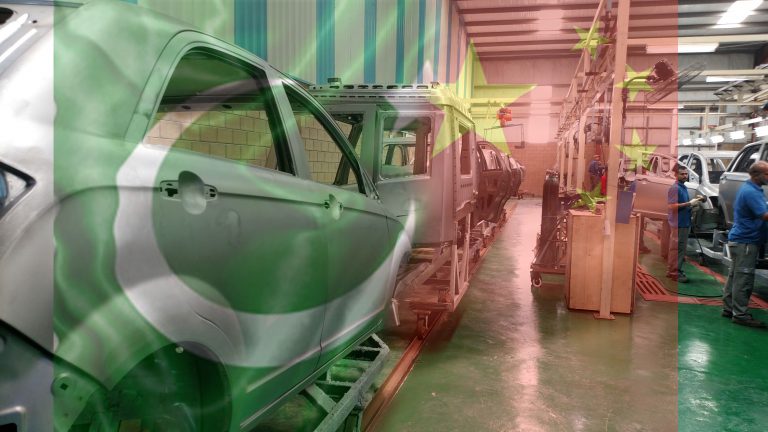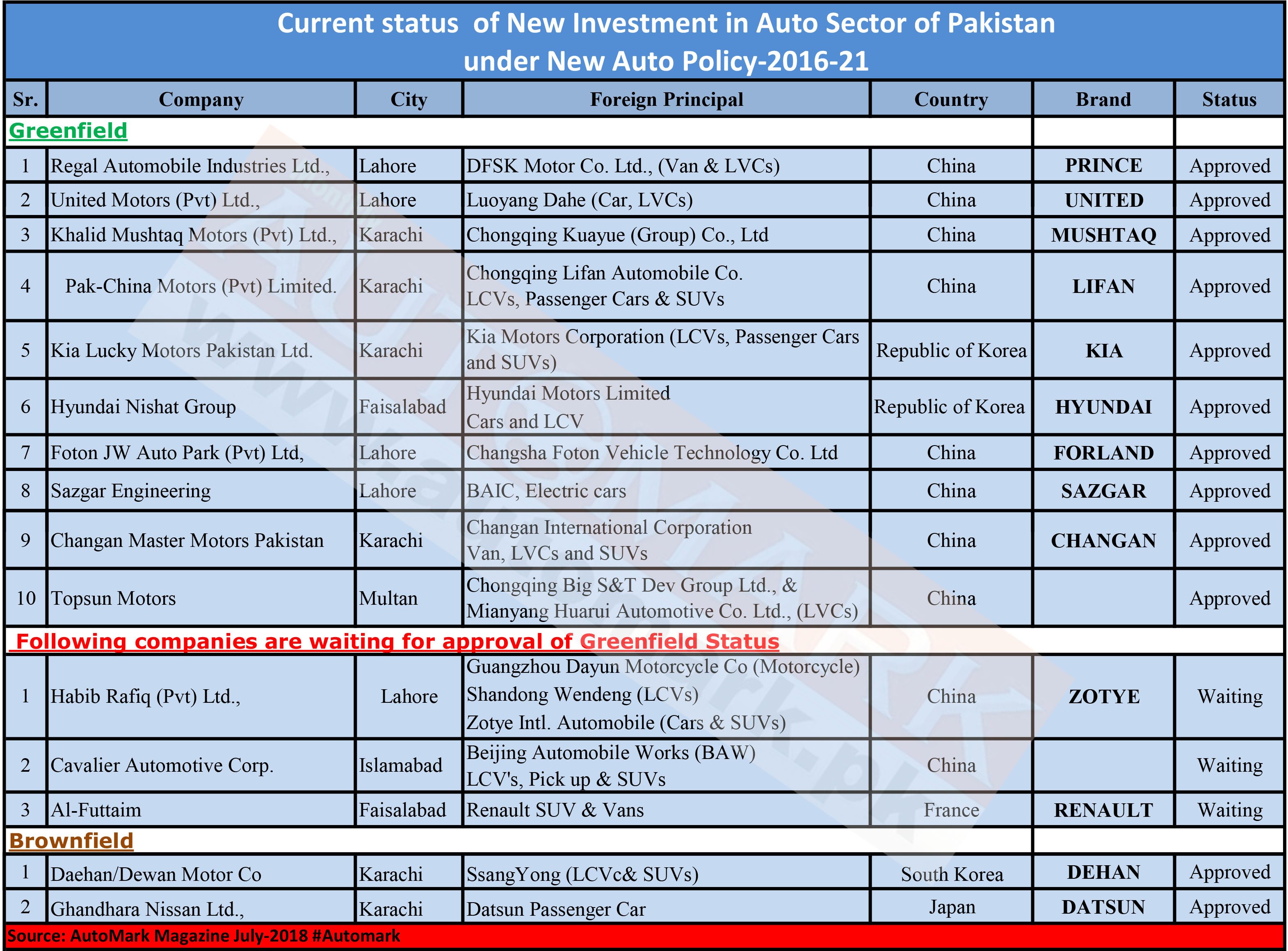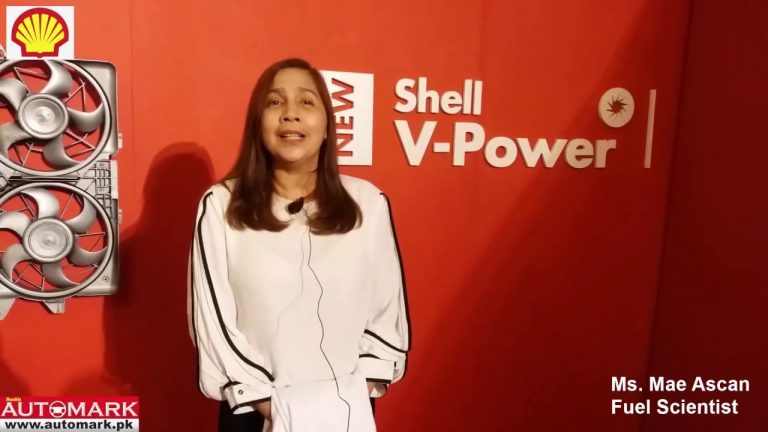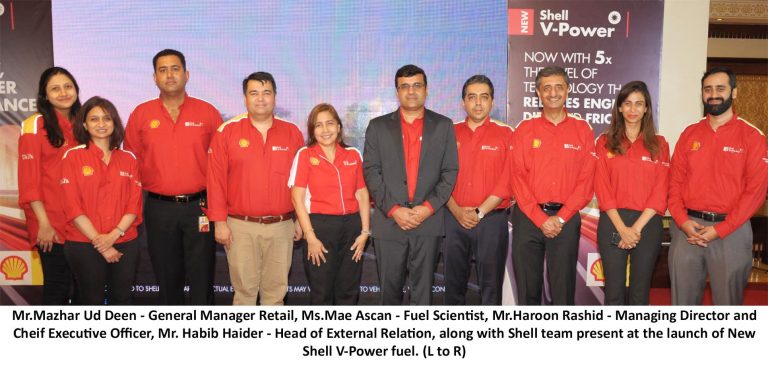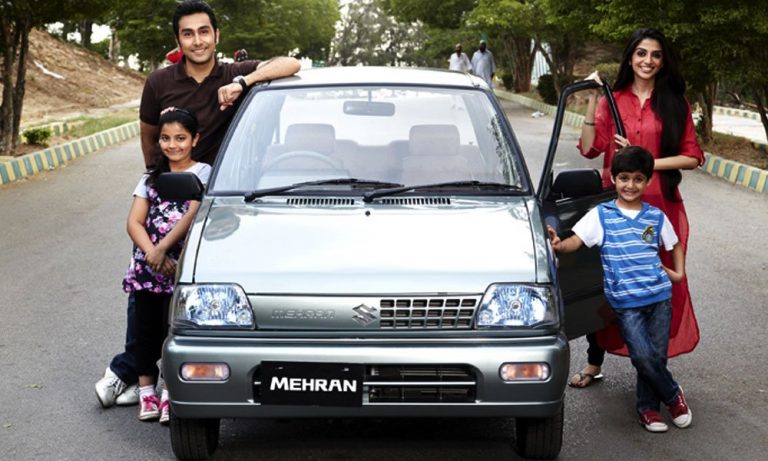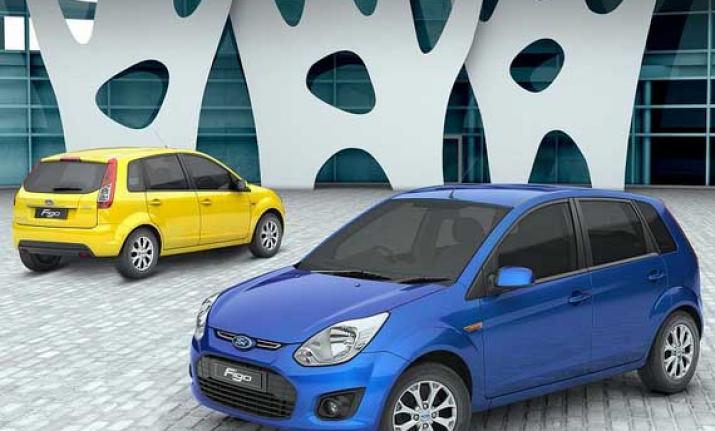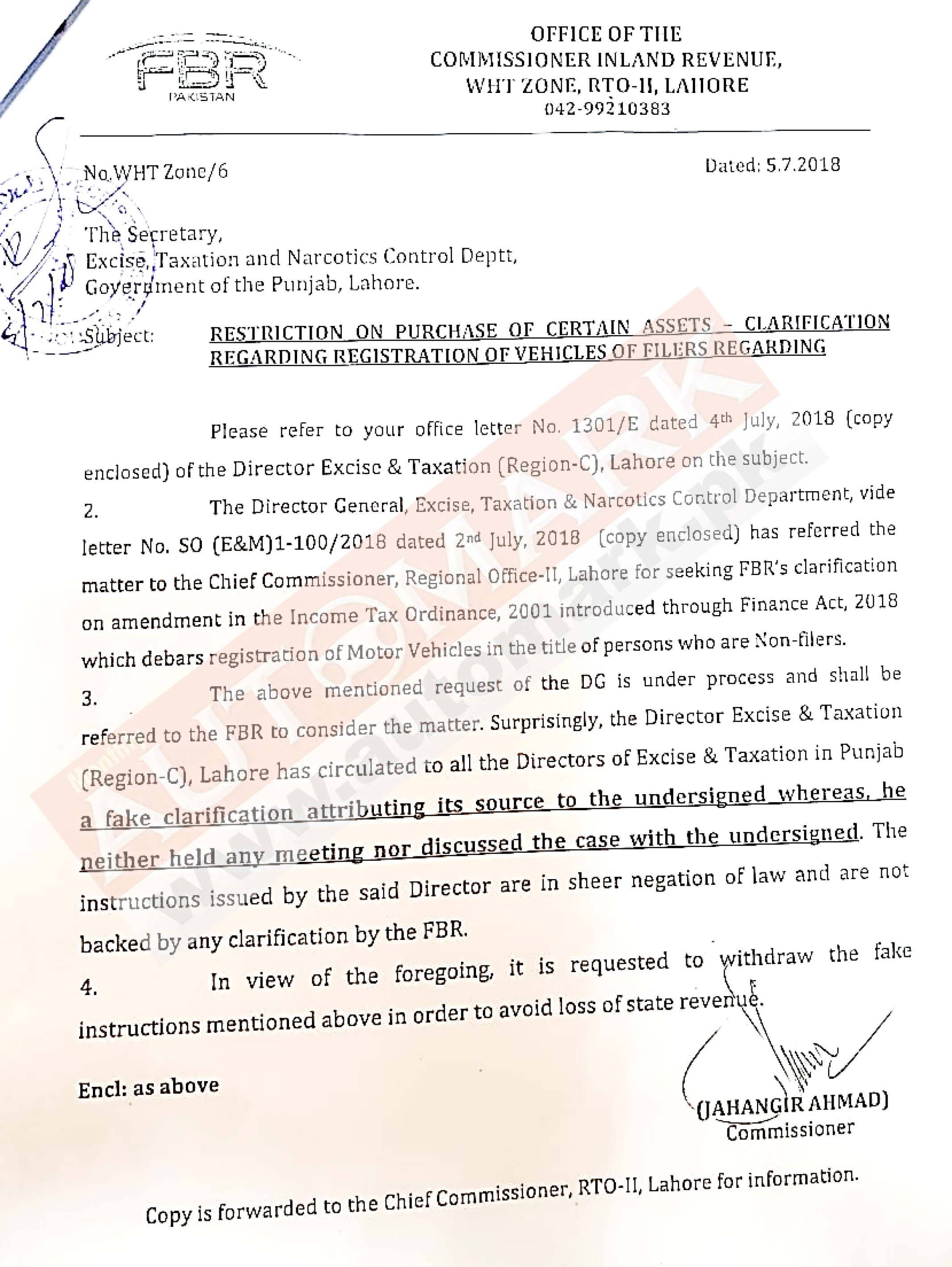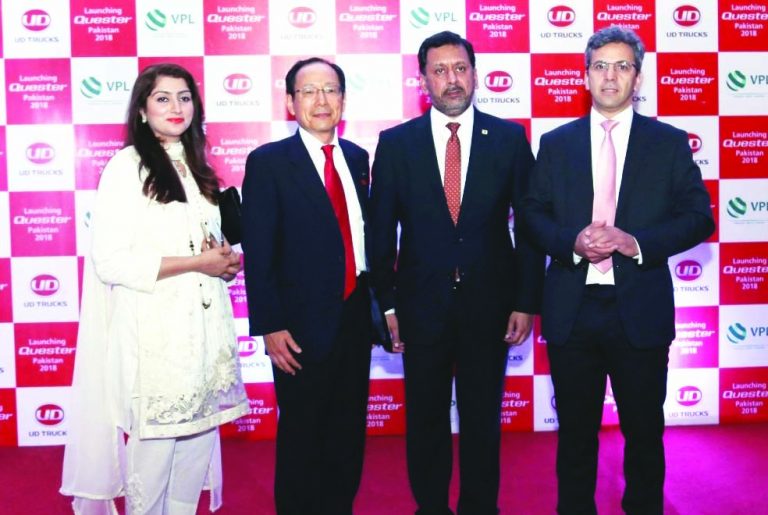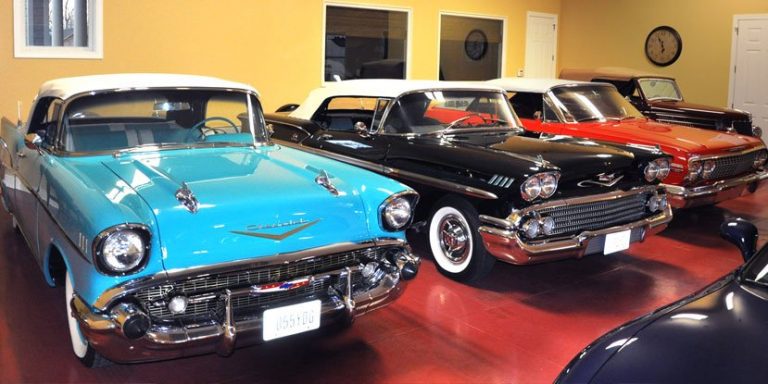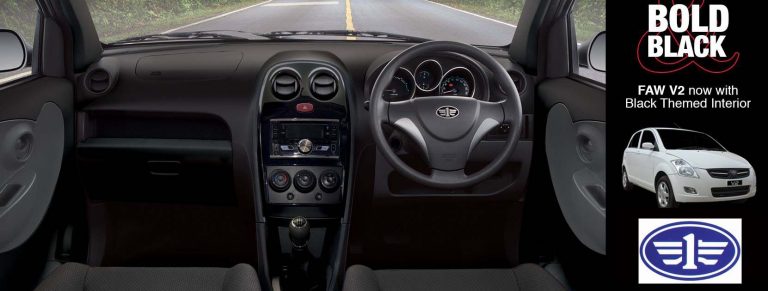Taking its biggest step yet into an overseas market, electric carmaker Tesla inked a deal Tuesday to begin building a manufacturing plant in China capable of producing 500,000 cars a year
Tesla’s plans for the Shanghai-based plant come amid a burgeoning trade war between the United States and China, and also raise questions about just how the company will pay for the massive manufacturing facility.
“Tesla will have to raise cash again,” said Eric Schiffer, chief executive of private investment firm the Patriarch Organization. Schiffer said he doesn’t think investors will see it as negative if Tesla goes to the public markets to gain financing for its China-expansion plans. “The China move actually powers investor interest in new financing.”
Investors seemed to like Tesla’s Chinese manufacturing plans by giving the company’s shares a lift of 1.2 percent, to close Tuesday at $322.47.
Musk signed the agreement at an event in Shanghai Tuesday, where the facility is slated to be Tesla’s biggest, other than its factory in Fremont. Musk put his pen to what was called a “cooperative agreement” with the Shanghai Municipal People’s Government to jointly work on building the plant, which a Tesla spokesperson called “Gigafactory 3.”
“I think this is something that was long in the planning,” said Efraim Levy, analyst with CFRA Research. “I think it was part of a previous strategy for the domestic Chinese market.”
In a statement from the Shanghai Municipal People’s Government that was translated into English and which Tesla provided to this news organization, Musk said the Shanghai operation “will be a state-of-the-art vehicle factory and a role model for sustainability.” Musk added that he wants the Tesla factory to add to what he called “the beauty and energy of Shanghai.”
Tesla, which announced last June that it was in talks to build a plant in China, said it expects construction on the Chinese plant to begin “in the near future.” It said car production there should begin about two years later, and that it should then be another two to three years after that for the plant to reach its 500,000 annual car-production capacity. Tesla said the cars produced by the plant will be built for sale in China.
A Tesla spokesperson downplayed concerns that the company could be making the facility announcement now in response to an ongoing trade dispute between the United States and China.
Recent tariffs on imports announced by President Donald Trump have led to cars and other products from this nation being slapped with 25 percent retaliatory tariffs in China, and caused motorcycle maker Harley-Davidson to recently say it will start marking some of its motorcycles for sale in Europe outside the U.S. in order to avoid new European Union tariffs on American-made products.
“Today’s announcement will not impact our U.S. manufacturing operations, which continue to grow,” said a Tesla spokesperson.
The Chinese plant announcement comes just after Tesla raised prices on its cars in China by more than 70 percent higher than those it sells in the United States.
Musk had been talking for awhile about the possibility of Tesla opening a plant in China, but had held off due to laws on Chinese ownership of new car making facilities that would have forced Tesla to give up 50 percent of its ownership in any manufacturing operation. However, in May, China said it would do away with such ownership rules by 2022.
Courtesy:https://www.mercurynews.com/2018/07/10/tesla-heads-to-china-to-build-500000-capacity-carmaking-plant/
By REX CRUM | [email protected] | Bay Area News Group

